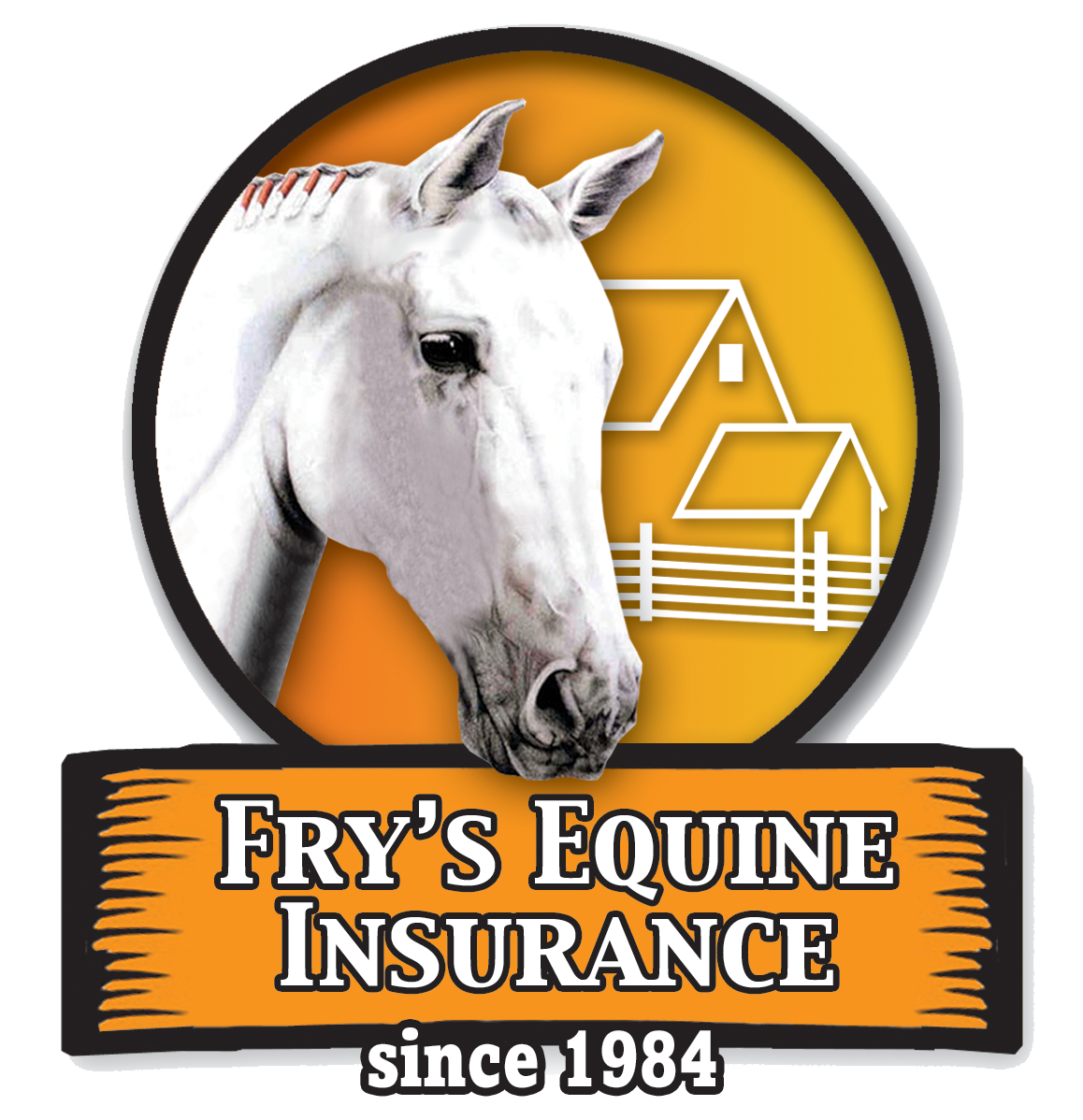Recently, Nationwide Insurance released its list of the top preventable insurance claims on farms and ranches in 2019. The following claim types accounted for more than 20,000 claims in one year:
1: Fire To help prevent or reduce the impacts of fires, ensure working fire extinguishers are present in shop areas and on mobile equipment. You should also confirm that the appropriate electrical service is in place for the environment (grain bins, confinement, etc.) and have a licensed electrician inspect the system as updates are made. Make certain that flammables are stored properly, confirming fuel tanks are located away from structures, and implement regular maintenance and good housekeeping measures for properties and heating units.
2: Weather (wind, hail and lightning) When possible, verify that quality building materials are utilized during construction and that proper building maintenance is followed to keep properties in safe condition. To help prevent wind damage to structures, check that screws are used as opposed to nails for the roof and siding fasteners. Protect critical electrical components with lightning surge protection and make sure backup generators are on hand for power outages. Remember to also store equipment and vehicles under cover for protection from hail.
3: Roadway vehicle and mobile equipment accidents Accidents involving vehicles or mobile equipment tend to be severe losses. Prioritize the safety of drivers by implementing driver training and sharing rural road safety information. For mobile equipment, be sure maintenance is up-to-date, all operators are trained to use equipment properly and that safety features, such as lighting and SMV signs, are operational. Avoid moving machinery after dark when possible. It’s also helpful to plan routes in advance to anticipate any potential hazards you might encounter like bridge weight limits or slick roads.
4: Animal-caused damage Livestock operations often experience costly damages resulting from animals escaping and damaging property or being struck by vehicles. Verify that adequate fencing is in place and that it’s routinely inspected for damage, especially after storms or high wind events. Daily monitoring of livestock can also help identify potential problems.
5: Building collapse Building collapse-related claims commonly result from snow and ice buildup on structures, though they also occur with grain bins and other farm structures. To prevent unnecessary weight on structures, implement snow removal plans and be sure to target areas where snow and ice tend to build. You should also maintain the integrity of farm structures by conducting regular truss inspections, including inspections of nail plates and truss bracing, in addition to following proper building maintenance practices. For grain storage structures, make certain that proper grain storage and loading/unloading practices are followed.
6: Workplace and on-premises injuries Workplace training is critical to ensure the safety of workers and products while protecting your operation from costly interruptions. Confirm training is comprehensive and that adequate safeguards, like machine guarding, spotters and up-to-date equipment maintenance, are in place. You should also communicate clearly with workers and have an emergency action plan that’s ready to be put to use in the event it’s needed. On-premises injuries are of particular concern in agritourism or other situations where people are invited onto the farm. Housekeeping is very important; make sure walkways are even, clear and free from slip/trip hazards. You can also consider limiting public access to hazardous areas.
7: Theft Even in rural communities, theft of property, mobile equipment and motor vehicles can be relatively common. Restrict public access to properties with locks and gates and use security lighting and camera systems to scare away bad actors. It’s also helpful to park equipment out of easy view and remove the keys to any vehicles.
It is important to evaluate your property and your equine operation to ensure that you are addressing any safety issues that could result in a loss to your property or injury to those coming on your property. More and more companies are looking at claims to see if they need to nonrenew a policy. Keeping your property in good repair and following safety guidelines can keep you from having costly losses and possible loss of coverage.
